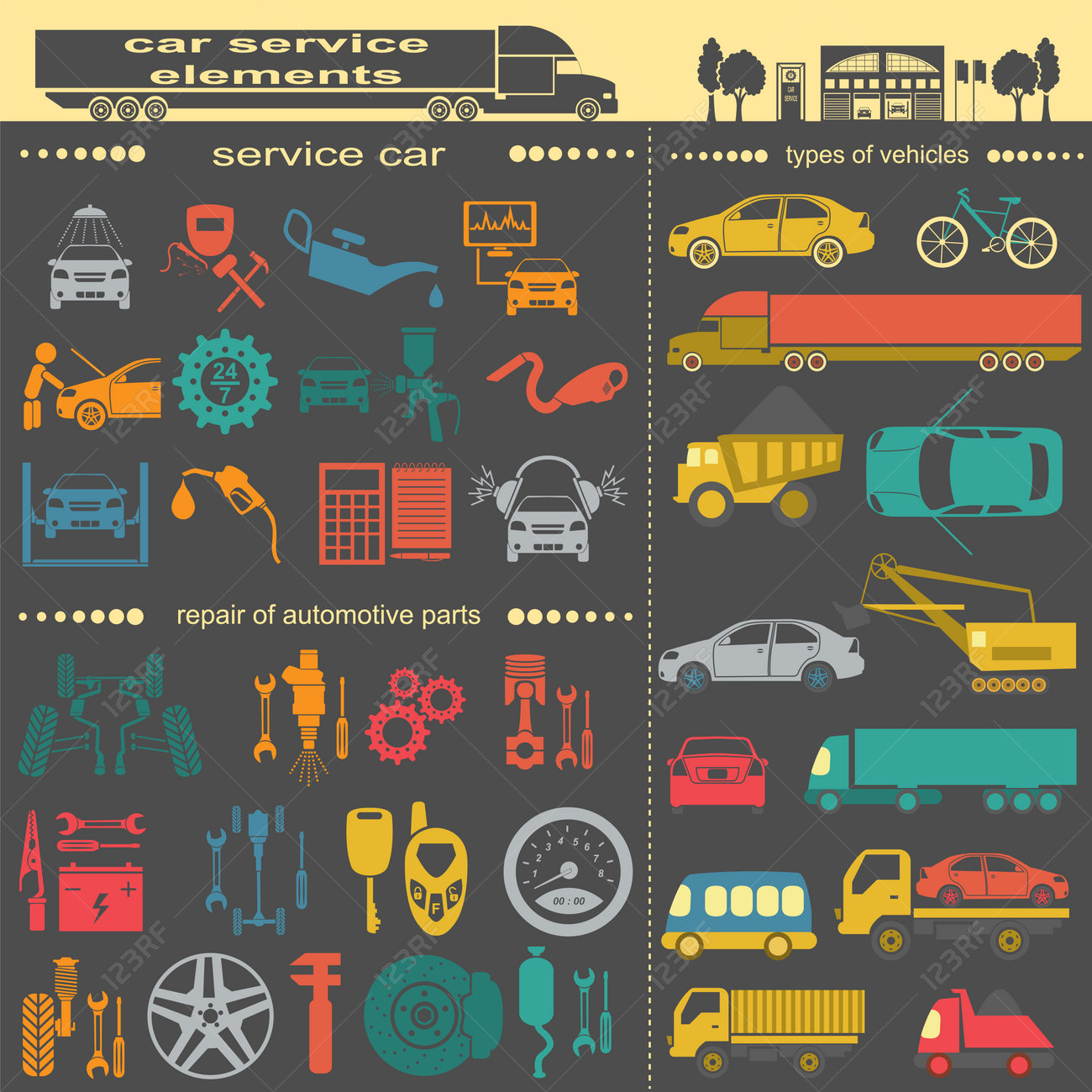Translating Your Vehicle'S Warning Indicators: What They Genuinely Represent
Translating Your Vehicle'S Warning Indicators: What They Genuinely Represent
Blog Article
Web Content Produce By-Lim Gilbert
When you're behind the wheel, those radiant caution lights on your control panel can be a little bit perplexing. Do you understand what they're trying to tell you concerning your auto's health? Comprehending the value of these lights is vital for your security and the durability of your lorry. So, the following time one of those lights turns up, wouldn't you intend to analyze its message accurately and take the required actions to address it?
Common Caution Lights and Interpretations
Identify usual caution lights in your vehicle and understand their meanings to make certain risk-free driving.
The most typical warning lights include the check engine light, which signifies concerns with the engine or discharges system. If this light begins, it's vital to have your automobile inspected promptly.
The oil pressure advising light shows reduced oil stress, requiring prompt focus to prevent engine damages.
A flashing battery light might recommend a malfunctioning billing system, possibly leaving you stranded if not addressed.
The tire stress tracking system (TPMS) light alerts you to low tire pressure, influencing automobile stability and gas performance. Disregarding mouse click the up coming website page might bring about hazardous driving conditions.
The ABS light indicates a problem with the anti-lock braking system, endangering your capability to stop quickly in emergencies.
Lastly, the coolant temperature level warning light warns of engine getting too hot, which can cause severe damages otherwise fixed promptly.
Comprehending these usual caution lights will certainly help you resolve problems immediately and maintain risk-free driving problems.
Value of Prompt Attention
Understanding the typical warning lights in your cars and truck is just the very first step; the value of promptly attending to these warnings can't be emphasized enough to guarantee your security on the road.
When a warning light brightens on your dashboard, it's your automobile's means of communicating a prospective issue that needs attention. Disregarding these warnings can result in more serious issues in the future, compromising your safety and possibly costing you a lot more in repairs.
Prompt interest to alerting lights can prevent malfunctions and mishaps. For example, a flashing check engine light could suggest a misfire that, if left neglected, could cause damages to the catalytic converter. Addressing this without delay can conserve you from a costly repair service.
Likewise, a brake system advising light may signal reduced brake fluid or worn brake pads, vital components for your security when driving.
Do It Yourself Troubleshooting Tips
If you observe a warning light on your control panel, there are a few do it yourself troubleshooting ideas you can try prior to looking for expert help.
The very first step is to consult your cars and truck's handbook to recognize what the specific caution light indicates. Often the problem can be as basic as a loose gas cap triggering the check engine light. Tightening the gas cap might deal with the problem.
One more typical concern is a reduced battery, which can activate different advising lights. Examining the battery links for rust and guaranteeing they're safe and secure could repair the issue.
If a caution light persists, you can attempt resetting it by detaching the vehicle's battery for a few minutes and after that reconnecting it. Additionally, inspecting your automobile's liquid degrees, such as oil, coolant, and brake liquid, can help repair advising lights associated with these systems.
Verdict
In conclusion, understanding your automobile's caution lights is important for maintaining your car running smoothly and securely. By without delay attending to these informs and knowing what they imply, you can avoid costly repair services and prospective malfunctions.
Remember to consult your vehicle's guidebook for certain details on each cautioning light and act appropriately to guarantee a hassle-free driving experience.
Remain informed, remain secure when driving!
